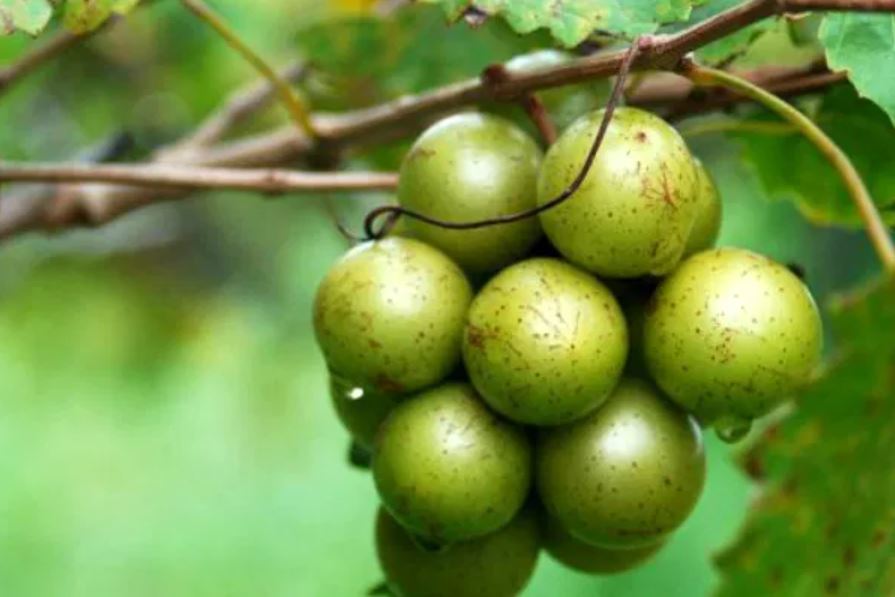
By Hunter McBrayer
What a time to be in the fruit and vegetable production industry! We have had an incredible 16 months in Alabama since the coronavirus pandemic began, and I am hopeful this trend continues. Before we look ahead, let’s look at the industry across Alabama.
Alabama’s fruit and vegetable industry is unlike many others in the Southeast. We do have a few wholesale producers that commercially grow cucumbers, tomatoes and peaches for shipping and large retailers. But by and large, the state’s approximately 1,400 growers are small to medium sized direct-to-consumer producers.
Opportunities and Demand
While many states were plowing crops into the soil last year, Alabama was searching for ways to not only grow more crops but maximize available ground to meet the significant increase in demand. The state’s nearly 180 farmers markets experienced record-setting crowds. Growers found new (to them) marketing opportunities, including community supported agriculture, online ordering, curbside delivery, pickup points and more. And u-pick farms? Well, they shut down by 9 a.m. each day due to being picked out within the hour. Throughout the year, growers saw increasing opportunities to provide farm-fresh products marketed to consumers in ways not previously utilized.
This spring, things were more normal. People went back to work, and school was in session. Although demand has waned a little from 2020, many producers have so far reported above-average sales and an increase in consumers focused on supporting locally grown food. The focus does not zero-in on organic versus conventional production. Rather, people want to know who is growing their food.
Legislative Successes

Photo courtesy of Alabama Cooperative Extension
Alabama recently wrapped up a successful legislative session. The fruit and vegetable industry saw several bills signed that will increase awareness and consumption of specialty crops.
The Alabama Fruit and Vegetable Growers Association and the Alabama Farmers Federation worked together to push legislators to pass the state’s first ever Small Farm Winery Bill, SB294. Aside from the obvious increase in grape production and consumption, this law has carefully crafted language encouraging vintners and winery owners to incorporate Alabama-grown fruits in their products, allowing them to self-distribute and bypass Alabama’s three-tier system. This opens the door for those growing strawberries, blueberries and peaches — giving growers a market for produce that isn’t graded for direct sale.
Another legislative victory was an increase in budgets for two programs — the Alabama Farm to School Program and Alabama’s farm product marketing program, Sweet Grown Alabama.
The Alabama Farm to School Program, spearheaded by the Alabama Department of Agriculture & Industries and the Farmers Market Authority, increased its budget to $225,000. This program incentivizes school systems to include locally grown, Alabama products in students’ meals by giving 25 cents per plate. Ninety-nine percent of the budget will reimburse schools and drive demand for local produce.
Sweet Grown Alabama
Sweet Grown Alabama continues to see an increase in support from growers, consumers and legislators. With a budget increase to $300,000, Sweet Grown Alabama is positioned to promote specialty crops throughout the state.
I am optimistic that as more families get outside and garden, we will see an increase in appreciation for our farmers — those who work hard, day in and day out, and have never stopped growing the safest and most secure food supply in the world.
Hunter McBrayer is director of the Bee & Honey, Greenhouse, Nursery and Sod Divisions of the Alabama Farmers Federation and executive director of the Alabama Fruit and Vegetable Association.









